Archives
- 2025-11
- 2025-10
- 2025-09
- 2025-04
- 2025-03
- 2025-02
- 2025-01
- 2024-12
- 2024-11
- 2024-10
- 2024-09
- 2024-08
- 2024-07
- 2024-06
- 2024-05
- 2024-04
- 2024-03
- 2024-02
- 2024-01
- 2023-12
- 2023-11
- 2023-10
- 2023-09
- 2023-08
- 2023-06
- 2023-05
- 2023-04
- 2023-03
- 2023-02
- 2023-01
- 2022-12
- 2022-11
- 2022-10
- 2022-09
- 2022-08
- 2022-07
- 2022-06
- 2022-05
- 2022-04
- 2022-03
- 2022-02
- 2022-01
- 2021-12
- 2021-11
- 2021-10
- 2021-09
- 2021-08
- 2021-07
- 2021-06
- 2021-05
- 2021-04
- 2021-03
- 2021-02
- 2021-01
- 2020-12
- 2020-11
- 2020-10
- 2020-09
- 2020-08
- 2020-07
- 2020-06
- 2020-05
- 2020-04
- 2020-03
- 2020-02
- 2020-01
- 2019-12
- 2019-11
- 2019-10
- 2019-09
- 2019-08
- 2019-07
- 2019-06
- 2019-05
- 2019-04
- 2018-11
- 2018-10
- 2018-07
-
Introduction Alzheimer s disease AD is a
2024-01-18

Introduction Alzheimer's disease (AD) is a complex neurological disorder characterized by a progressive dementia resulting from synapse failure (Selkoe, 2002, Tanzi, 2005). The amyloid hypothesis maintains that the pivotal event in AD is the production of amyloid-β (Aβ) peptides following the prote
-
Our present result that week
2024-01-18

Our present result that ≤2-week-old 150ΔPKA mice express normal LTP that does not depend on CP-AMPARs also supports the collective findings of previous work showing that LTP mechanisms are remarkably adaptable in juvenile animals compared with adults. In particular, GluA1 knockout, S845A/S831A, and
-
Inflammatory factors released by activated cells
2024-01-18
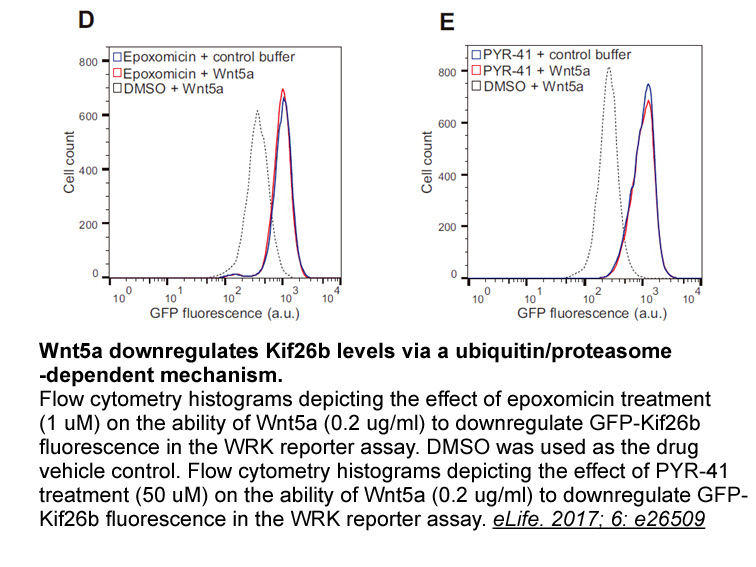
Inflammatory factors released by activated cells during AD are very important for the disease progression. Not only several inflammatory cytokines, such as IL-1β, IL-18, and IL-33, but also anti-inflammatory ones, as IL-10 and IL-13, are upregulated in the brain of AD patients (Morimoto et al., 2011
-
Considering our previous results with cfDNA in
2024-01-18

Considering our previous results with cfDNA in EGFR TKI-resistant NSCLC patients and growing evidence about different mutations in the ALK kinase domain as responsible for acquired resistance to ALK TKIs, we planned this study. Even if a next-generation sequencing approach after PD during crizotin
-
These mutations induce the gene auto
2024-01-18
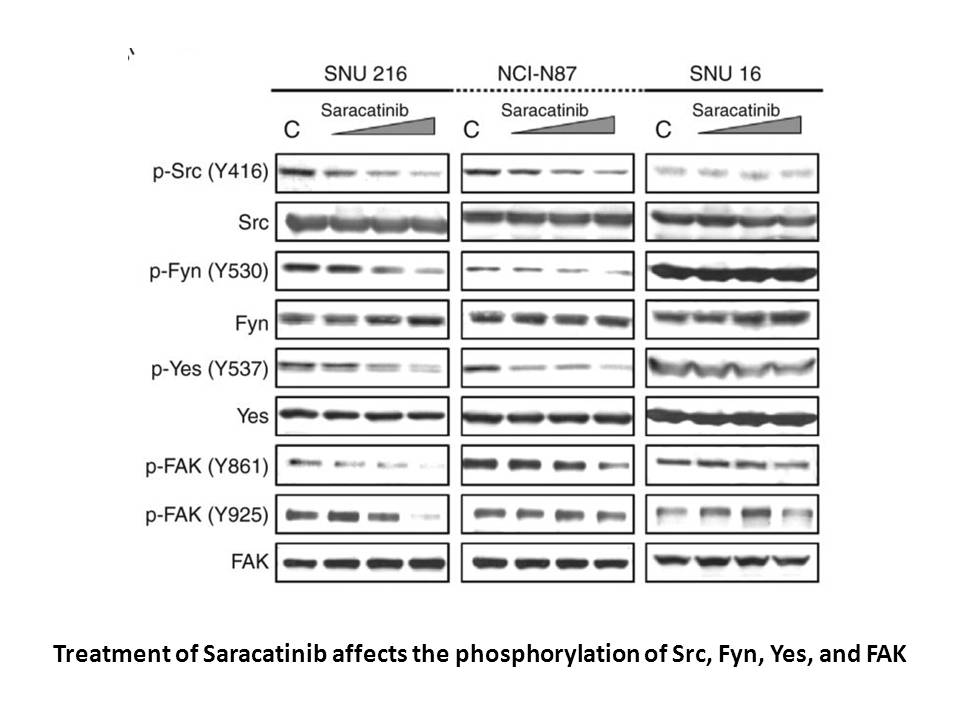
These mutations induce the gene auto-activation in 10–40% of adenocarcinomas, triggering the EGFR-signaling pathway in the absence of ligand. That leads to an uncontrolled acceleration of cell proliferation, survival and anti-apoptotic signals (Couraud et al., 2012). The frequency of these mutations
-
Moreover an increase of extracellular calcium stimulates
2024-01-18
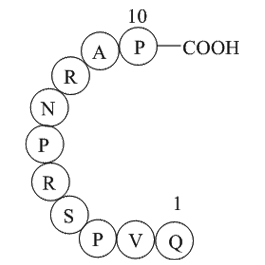
Moreover, an increase of extracellular calcium stimulates BMP-2 expression of pulp Cyt 387 via L-type calcium channel and ERK signaling, which can be attenuated by PD98059 and nifedipine . Dental pulp cells expressed little calcium-sensing receptors . immunohistochemistry staining also shows the s
-
The assay performance was estimated using Z factors plotted
2024-01-18

The assay performance was estimated using Z′-factors (plotted in Fig. 2A) according to Zhang et al. calculated for each plate comparing positive (in the absence of an inhibitor) and negative controls (in the presence of an AdK inhibitor). The mean Z′-factor±SD was determined to be 0.7±0.1, indicativ
-
br ACK signaling partners ACK interacts with
2024-01-18
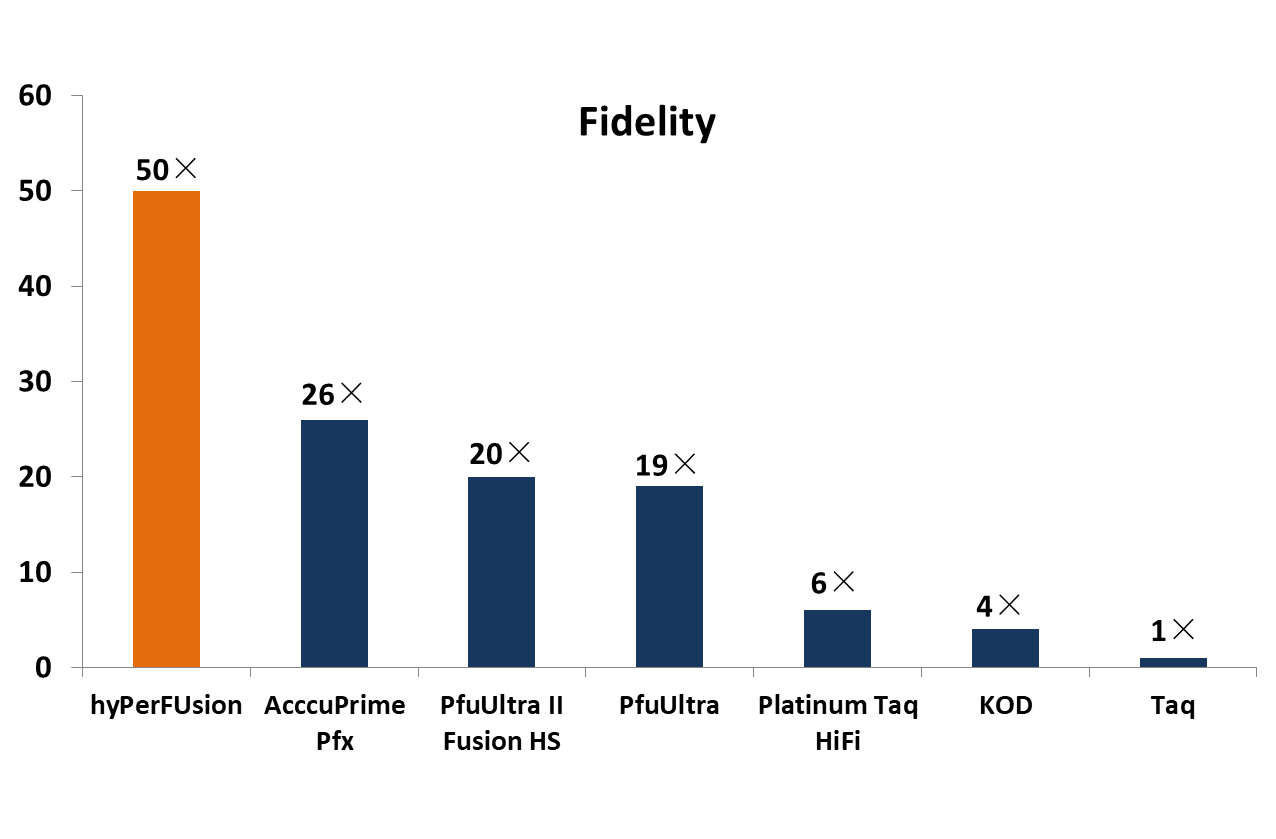
ACK1 signaling partners ACK1 interacts with and tyrosine phosphorylates many cellular proteins regulating critical cellular processes [11]. While ACK1 shares common intracellular effectors such as AKT with other signaling pathways, it imparts specificity to signaling by phosphorylating effectors
-
br lipoxygenase pathway in brain aging and
2024-01-18
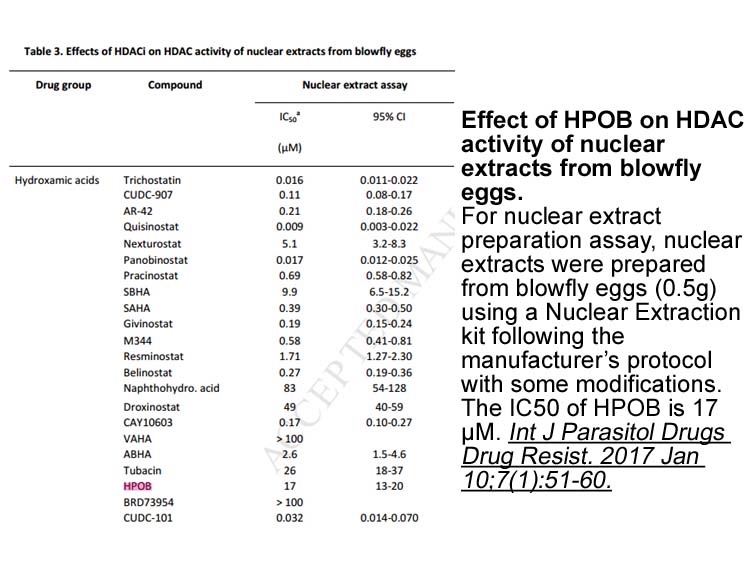
5-lipoxygenase pathway in Phenyl sulfate australia aging and alzheimer’s disease 5LO is found throughout the central nervous system, in both neuron and glia cells (Farias et al., 2007). However, its expression levels are highest in the cortex and hippocampus areas, two regions that are particular
-
Nitrocefin The inhibition of the exacerbated inflammatory re
2024-01-18
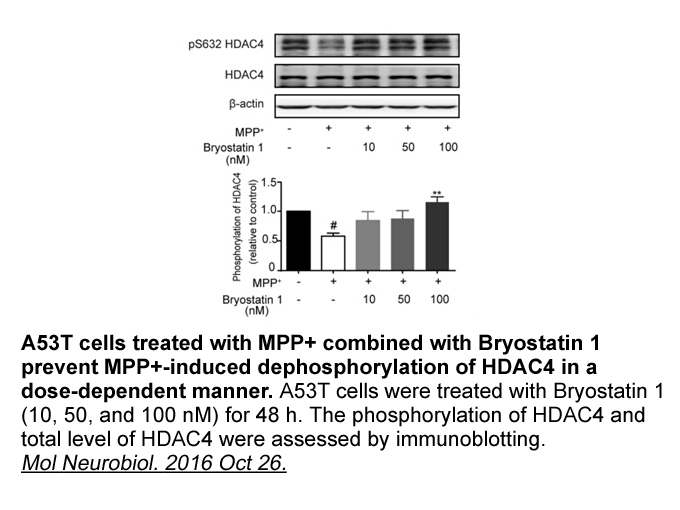
The inhibition of the exacerbated inflammatory response that follows injury may be an alternative approach to induce a more efficient repair [17,83]. In line with that, 5-LO is one of the most consolidated targets for dampening inflammation, mainly through the therapeutic effects of 5-LO inhibitors
-
MLN 2480 Another factor that is involved in the severity of
2024-01-17
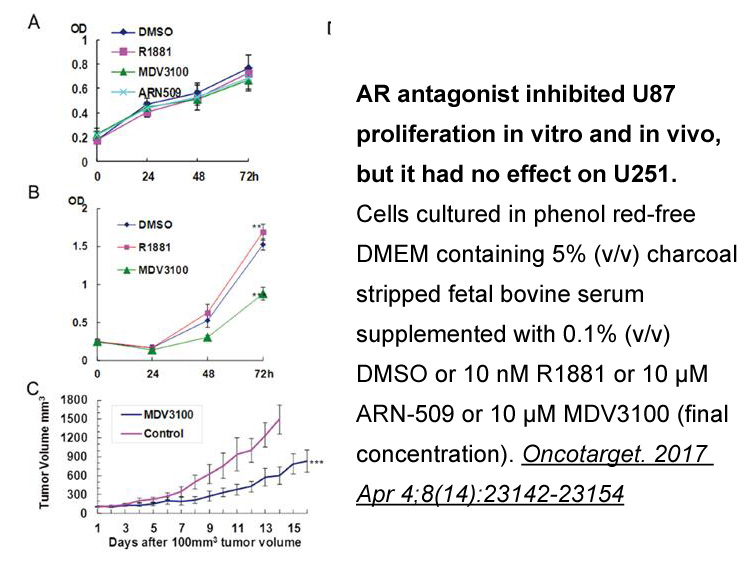
Another factor that is involved in the severity of EAE is apoptosis signal-regulating kinase 1 (ASK1), which is one of a growing number of mitogen-activated protein kinase (MAPK) kinase kinases identified in the upstream of the c-Jun N-terminal kinase and p38 MAPK pathways [12]. We previously report
-
ASK has been identified as an
2024-01-17

ASK2 has been identified as an ASK1 binding protein (Wang et al., 1998). ASK1 supports the stability and active configuration of ASK2 in the heteromeric complex, while ASK2 has been found to activate ASK1 by direct phosphorylation (Takeda et al., 2007). Unlike ASK1, which is ubiquitously expressed i
-
Introduction Cytochrome P CYP aromatase catalyzes the conver
2024-01-17
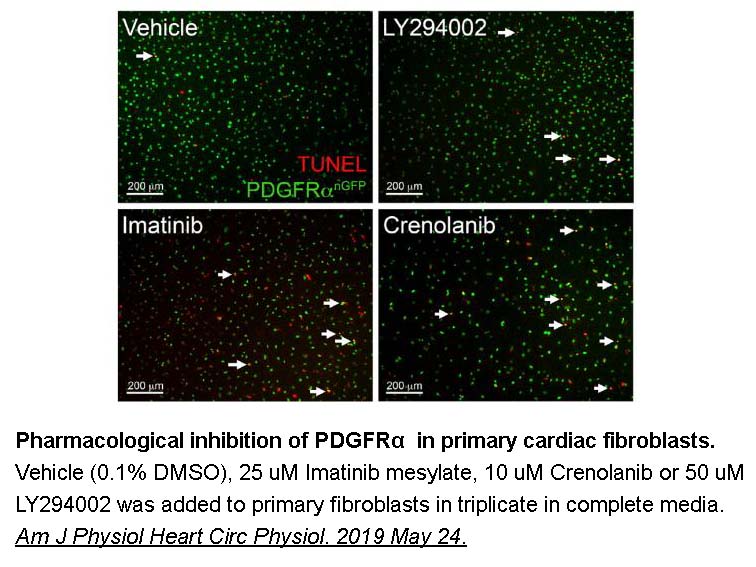
Introduction Cytochrome P450 19 (CYP19; aromatase) catalyzes the conversion of androgens to estrogens in a three-reaction sequence, where each step depends on NADPH and O2 [[1], [2], [3]]. The first two steps are accepted to be hydroxylations of the steroid C19 methyl group, whereas the final step
-
Patients with cardiovascular disorders typically have lower
2024-01-17

Patients with cardiovascular disorders typically have lower plasma apelin levels than matched healthy controls. For example, plasma apelin levels are reduced in patients with coronary artery disease (CAD), and among CAD patients with unstable angina or acute myocardial infraction there is a further
-
Apelin is a bioactive peptide and endogenous
2024-01-17
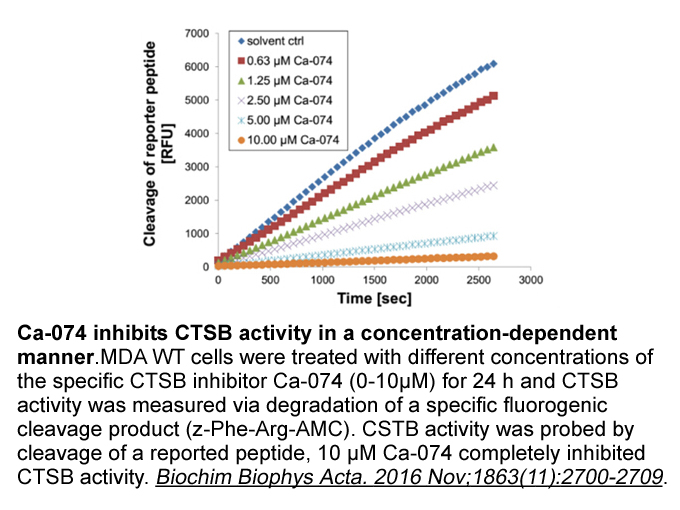
Apelin is a bioactive peptide and endogenous ligand for the APJ receptor (APLNR), a member of the G protein coupled receptor family that shares a similar sequence as the angiotensin type-1 receptor (AT1) [5]. Early studies demonstrated that the apelin/APLNR receptor axis plays a significant role in
16091 records 205/1073 page Previous Next First page 上5页 201202203204205 下5页 Last page